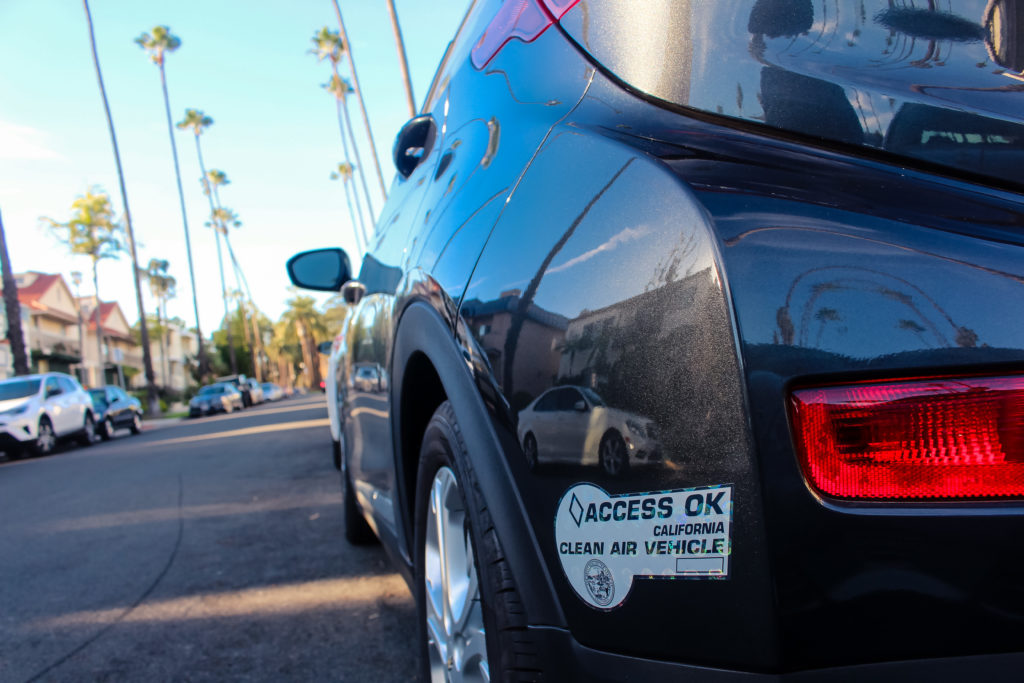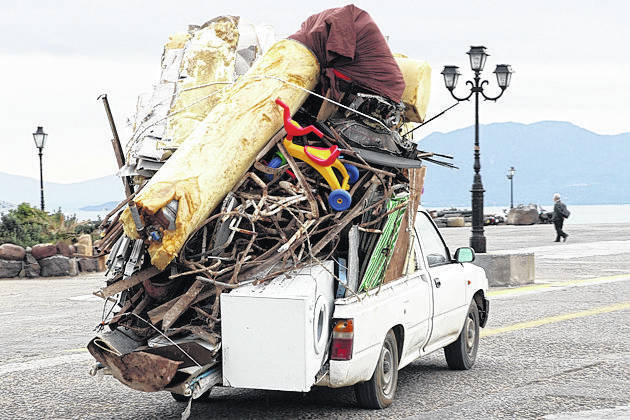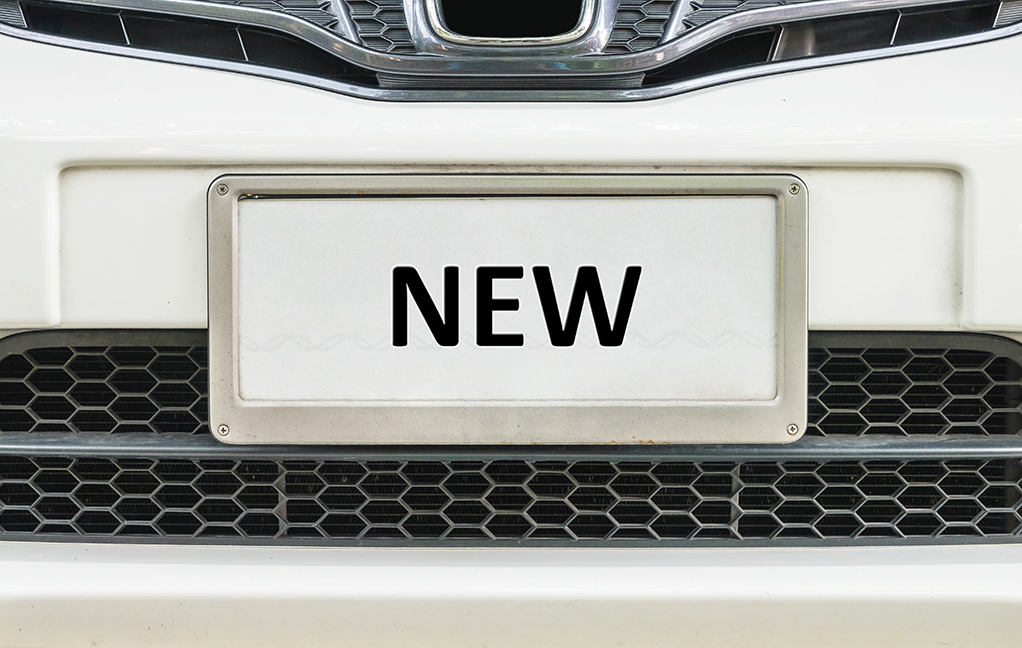Clean Air Vehicle stickers: The green and white Clean Air Vehicle stickers that were valid in the high-occupancy vehicle (HOV) lanes are no longer valid this year. Vehicles issued a green or white decal between Jan. 1, 2017, and March 1, 2018, may apply for a new red decal that allows use of the HOV lanes until Jan. 1, 2022. The DMV should already have notified owners of vehicles that had a green or white decal and are eligible for the new red decal. Vehicles with white or green decals issued before 2017 are no longer eligible to participate in this program.
New Law Unsecured loads on vehicles
Unsafe, unsecured loads on vehicles – The law requires the DMV to include at least one question addressing laws on driving with an unsafe, unsecured load in at least 20 percent of the knowledge tests.
In an effort to make the roads safer from unsecured items like buckets and ladders that can be hazardous when they fall off vehicles and land on the road, and to increase drivers’ awareness of this problem, at least one in five applicants seeking to get a driver’s license will have to know about unsecured loads and safety issues when they take their knowledge test from the DMV. That’s because another new law says the DMV has to include a question about these unsecured load-related laws on at least 20 percent of the driver’s license tests.
The DMV is also reminding drivers of low-emission an transitional zero-emission vehicles that their green or white decals granting them access to HOV lanes expires January 1, 2019. Vehicles issued a green or white decal between January 1, 2017 and March 1, 2018 are eligible to apply for a red decal that grants them access to HOV lanes through January 1, 2022. The DMV plans to issue light purple decals in 2019 that will grant access to HOV lanes through January 1, 2023. Those eligible include drivers who haven’t applied for or received a consumer rebate pursuant to the Clean Vehicle Rebate Project, unless they meet annual income requirements.
Check the DMVs website fore more information.
2019 License plates required
In order to reduce the number of vehicles avoiding toll-road fees by not attaching license plates to their cars. This also includes trucks and motorcycles. A new law requires licensed California dealers of new and used vehicles to attach temporary license plates on vehicles. This will be for all new vehicles that are sold. Unless the vehicle already has DMV-issued license plates. The temporary license plates will have their own unique numbers and expiration dates.
Currently, dealers issue drivers a numbered report-of-sale document and submit a registration application to the DMV. The DMV then issues drivers 2 license plates, one of the front and one for the back. Drivers are responsible for putting those plates on their newly purchased or leased vehicle within 90 days of their purchase date. On average, license plates are received between 14 and 30 days after the sale goes through.
Before 2011, drivers had 180 days to install a license plate. The state approved AB 1215 to cut that time down to 90 days, as a way to close the “Steve Jobs” loophole. According to IT Wire, Jobs apparently realize California allowed a driver to have no plates for up to 6 months after buying or leasing a vehicle, so he would trade in his Mercedes just as time expired – giving him another 180-day window.
In addition to allowing law enforcement to identify drivers, the new law also came about as a way to cut down on parking and toll evaders. The state estimates toll evaders who have no license plates reduce toll revenue by approximately $15 million a year.
35 other states require temporary license plates.


